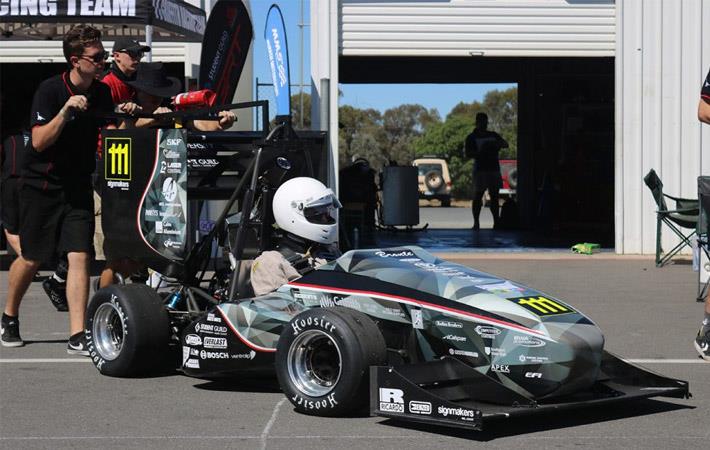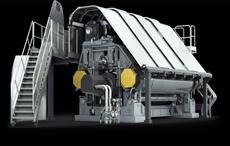Griffith University collaborated with ATL Composites to expand its expertise in composite materials for construction of a vehicle to compete in the Formula SAE Australasia competition, which was held from December 5 to 8 in Winton, Victoria. The event attracts teams from the across the world including UK, Germany, India, Japan, New Zealand and the US.
Since its inception in 2000, Formula SAE Australasia has grown to involve around 35 universities designing, building and competing in their unique Formula-style open-wheeled racing cars as part of a 12-month curriculum programme. The event attracts teams from the across the world including UK, Germany, India, Japan, New Zealand and the US.Griffith University collaborated with ATL Composites to expand its expertise in composite materials for construction of a vehicle to compete in the Formula SAE Australasia competition, which was held from December 5 to 8 in Winton, Victoria. The event attracts teams from the across the world including UK, Germany, India, Japan, New Zealand and the US.#
At 240 kilogram, the Griffith Racing Team car, known as GRT19 “Bronte”, achieved their best result to date, placing third overall for internal combustion vehicles – their first podium in four attempts.
Daniel Scherger, head of Sponsorship, explained the Griffith Racing Team provided the opportunity for young engineers to increase their potential and allow them to innovate and inspire others. “The aim of this year’s project was to increase our knowledge of working with composites.” They worked with ATL Composites.
“ATL is a trusted local supplier in South East Queensland, so we could ensure that the use of their products would result in quality components for the vehicle this year. With ATL Composites being so close to our university we could have regular meetings with the business, and they provided fast turnarounds for products,” Scherger said.
Jonah Osborne at ATL Composites worked with the Griffith Team to understand their ambitions and design parameters. ATL provided carbon fibre and glass fibre rolls, as well as Divinycell foam, which offers high strength to weight ratio, the Duratec surfacing range, Techniglue high strength adhesives and Kinetix laminating epoxy systems.
“We spent time with the Griffith designers to provide a comprehensive package and training in how to use the products to best advantage,” said Osborne. “They picked it up quickly and were pleased with the strength and light-weight they were able to achieve with composite materials.”
The project commenced in January 2019 with the aim of completing the vehicle by November in time for the event in early December.
The team’s project manager and chief engineer were involved with completing the critical design work for the car in 2019 including the aerodynamic package, suspension, chassis and powertrain, while the head of bodywork led the manufacturing of the composite components for the vehicle.
“A major goal of the project was to complete a full aerodynamic package for our vehicle,” said Scherger. “Composite manufacturing has been an area of knowledge the team lacked after completing three vehicles previously with little composite material. This year we wanted to expand our knowledge and utilise the performance benefits of composite materials for the car.
“It was a major challenge for the team to learn composite manufacturing from scratch; from composite moulds to manufacturing components like the endplates and diffuser. This provided a big learning curve for the team members involved,” Scherger added.
Unique features of the Griffith car include the curved carbon endplates which Scherger says “stood out from other universities at competition with the exposed carbon and livery”. “The aero package turned out awesome for our first ever aero car, a feat unachievable without the support of ATL.”
The Griffith Racing Team made the journey from the Gold Coast to Winton, and achieved the third place. This is our best results to date for the team and something we wish to build upon into the future,” said Scherger.
In 2020, the team will raise the stakes in engineering and design, switching from their original internal combustion platform to build their first electric vehicle. “In addition, we hope to build a composite monocoque chassis for our next vehicle,” Scherger added.
Fibre2Fashion News Desk (SV)


